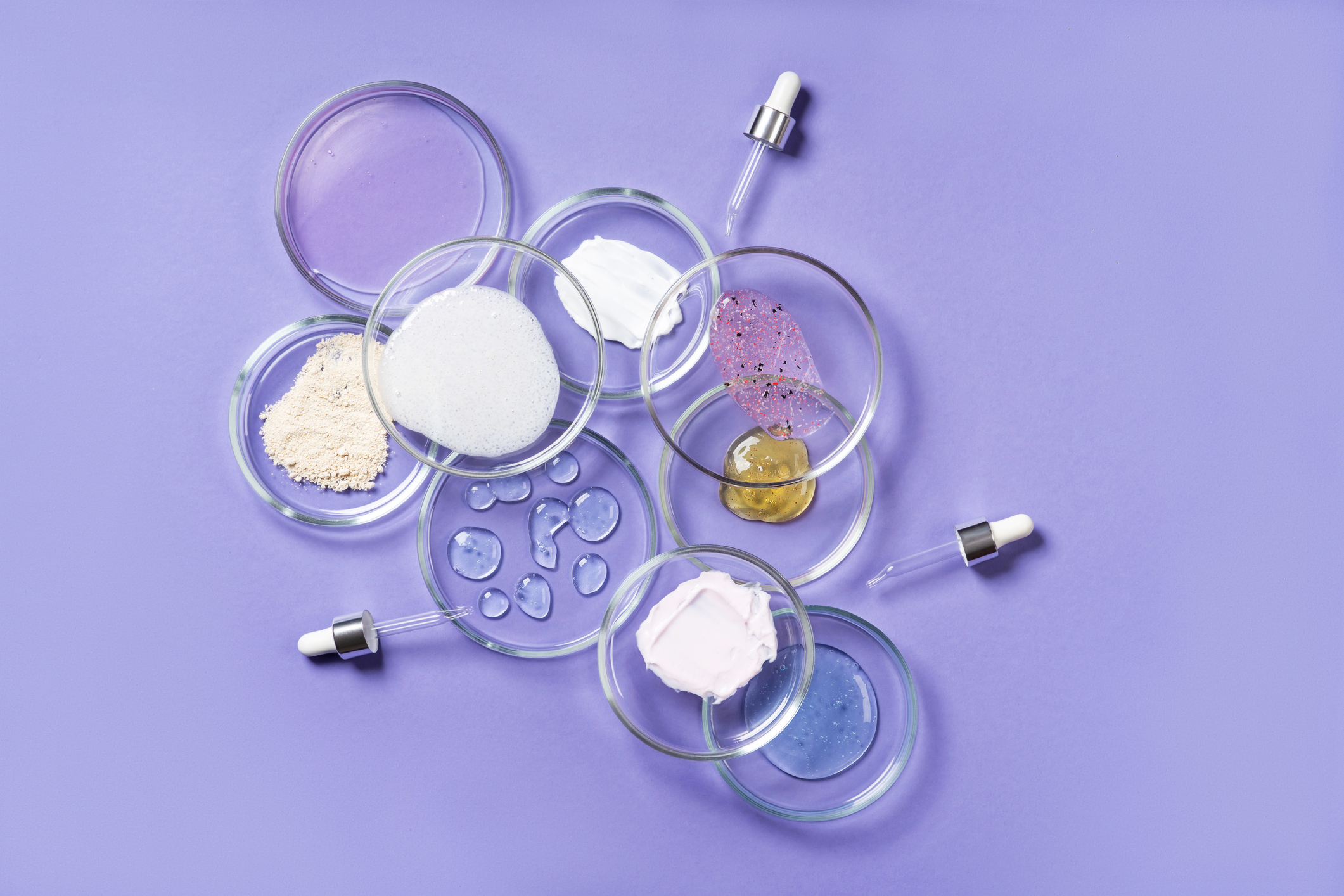Cosmetic Ingredient Review (CIR) 2023 Comments
 |
| Alex Scranton Director of Science & Research at WVE |
Cosmetic Ingredient Review (CIR) 2023 Comments
For many years, WVE has played the role of watchdog to the Cosmetic Ingredient Review (CIR) – (CIR) an industry– run “expert panel” whose mission is to “assess the safety of individual ingredients as used in cosmetic products.” We have serious issues with their process, their inherent bias towards the needs of manufacturers over public health and in the end, their frequent unfortunate conclusions of safety on chemicals of concern. (Click here for our CIR exposé from several years ago for more detail.)
In 2023, the CIR’s Expert Panel for Cosmetic Safety still made a number of decisions that we felt were not in the interest of public health. But we did get their attention on a few things – and hope to continue those discussions in 2024.
Mostly avoiding problematic language on inhalation:
WVE has submitted comments to the CIR for decades critiquing their “boilerplate” language found in hundreds of their safety assessments which claim that cosmetics will never be inhaled deeply enough into the lungs to cause harm. The problematic language usually looks something like this:
“most droplets/particles incidentally inhaled from cosmetic sprays would be deposited in the nasopharyngeal and bronchial regions and would not be respirable (i.e., they would not enter the lungs) to any appreciable amount.”
Over the last two years, WVE has highlighted examples of cosmetic products applied with an airbrush, as well as new inhalation data on cosmetic sprays such as dry shampoos, as clear examples where the above boilerplate is patently untrue. We are finally seeing some progress as fewer new safety assessments include the problematic boilerplate language. Further, we are seeing more ingredients with a conclusion that states:
“The Panel deemed the available data insufficient to make a determination of safety for these ingredients in products which could be incidentally inhaled.”
While it is not as strong as actually determining an ingredient to be unsafe (a true rarity of the CIR) this language does at least now acknowledge that cosmetic products may be incidentally inhaled – and that inhalation of these products MAY be unsafe. Hopefully, manufacturers relying on the CIR’s decisions are taking this into consideration.
Throwing airbrush cosmetics under the bus:
Furthermore, the CIR finally acknowledged that cosmetics applied by airbrush specifically may pose an inhalation safety concern. (Airbrush cosmetics are applied with a very fine spray directly towards your face (i.e. breathing zone) and may take up to a half hour of spraying for full application.). The CIR had never considered the safety of airbrush cosmetics before receiving comments from WVE about them and readily admitted that they were unaware of their existence before it was brought to their attention. The CIR has developed new boilerplate language which is being used in many of their new safety assessments that reads:
“The Panel’s respiratory exposure resource document (https://www.cir-safety.org/cir-findings) notes that airbrush technology presents a potential safety concern, and that no data are available for consumer habits and practices thereof. As a result of deficiencies in these critical data needs, the safety of cosmetic ingredients applied by airbrush delivery systems cannot be determined by the Panel. Therefore, the Panel has concluded the data are insufficient to support the safe use of cosmetic ingredients applied via an airbrush delivery system.”
Again, while not going as far as to say that airbrush cosmetics are actually unsafe, they have at least admitted that there is valid concern about inhalation and that there is no data available (from researchers or manufacturers alike) that can prove any airbrush cosmetics to be safe to use. Definitely food for thought before having your makeup done by airbrush!
Decision to re-review Octoxynols citing concerns for vaginally-applied products:
When a CIR’s safety assessment of an ingredient is more than 15 years old, the CIR is prompted to take a new look to see if there is any relevant new data which would require them to “re-open” the assessment and re-review the safety of the ingredient. This year Octoxynols came up for re-review and WVE was able to submit comments highlighting safety concerns about the use of Octoxynol in douches and other vaginally– applied cosmetics. (Octoxynols have been shown to be extremely harmful to sensitive vaginal tissue.) The CIR was previously unaware that octoxynols were used in intimate care products, and but this information did result in the re-opening of their assessment to look more closely at these concerns. The ingredient is still under review by the CIR – and we will be following it.
Conclusion for 2023:
The CIR made a few good small steps in the right direction, but we remain highly concerned with many of their previous ingredient safety decisions which are still in place. We will continue to comment and bring new perspectives to the CIR panel members in 2024, which hopefully will also serve to highlight these ingredient safety concerns for manufacturers following the CIR process.



